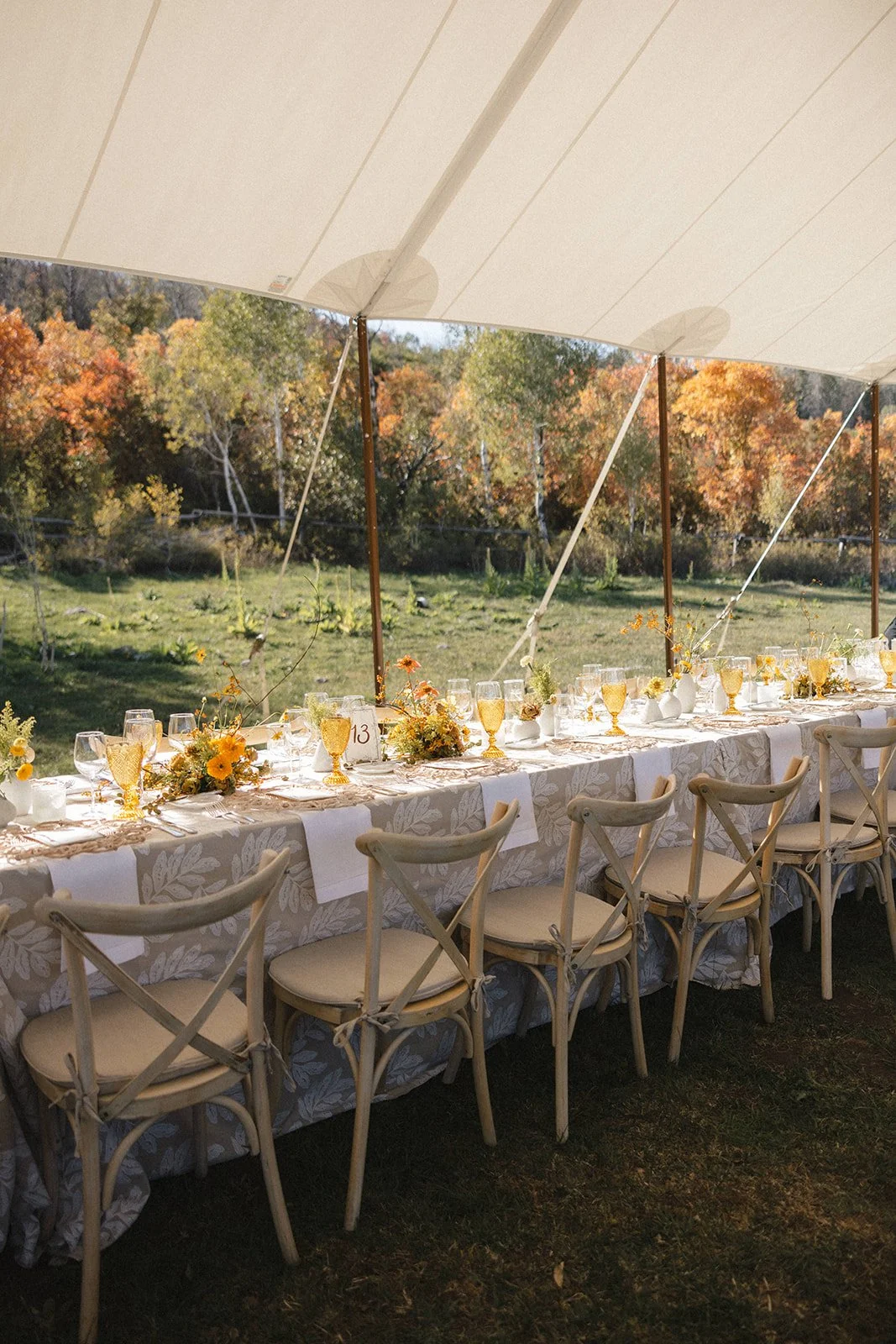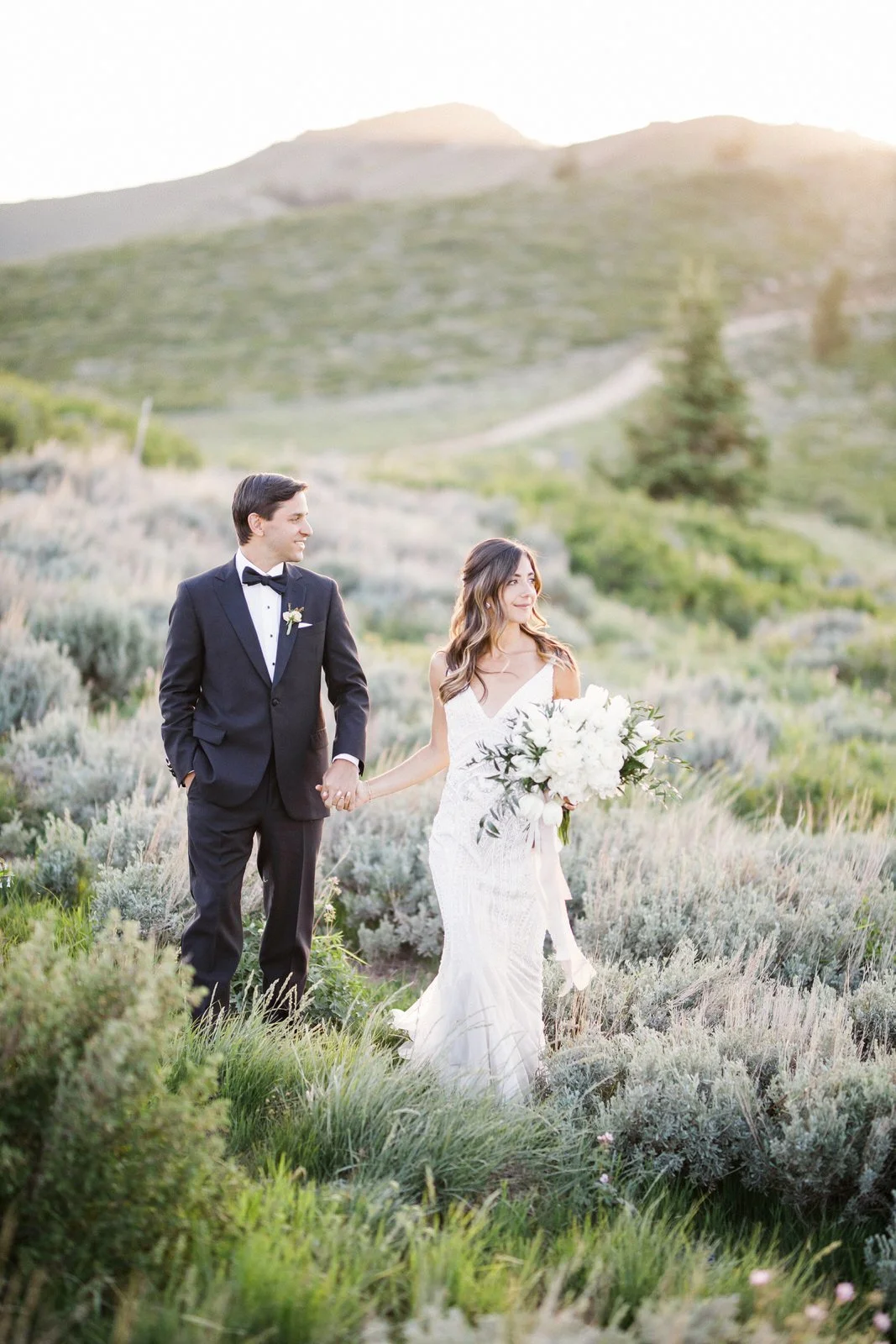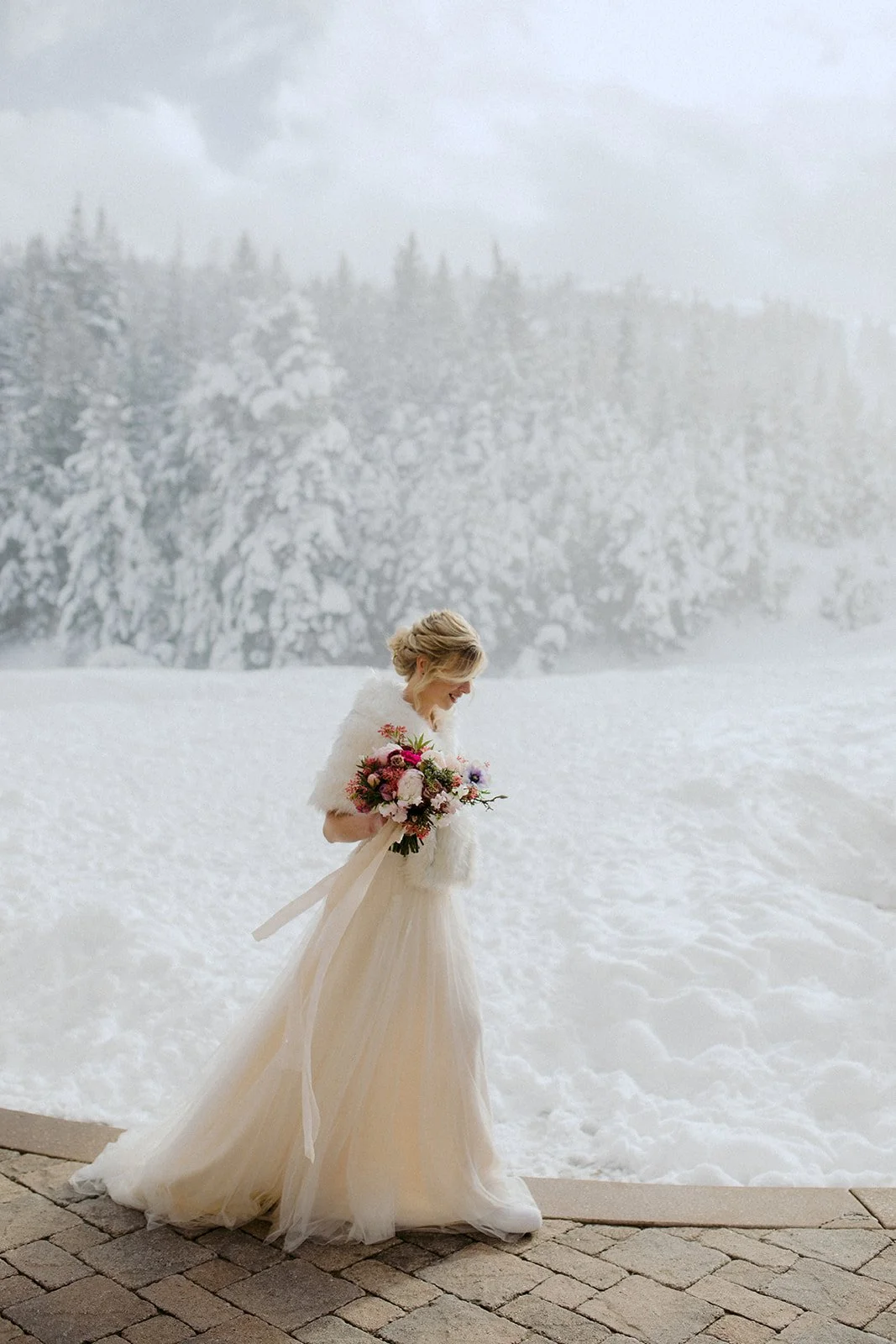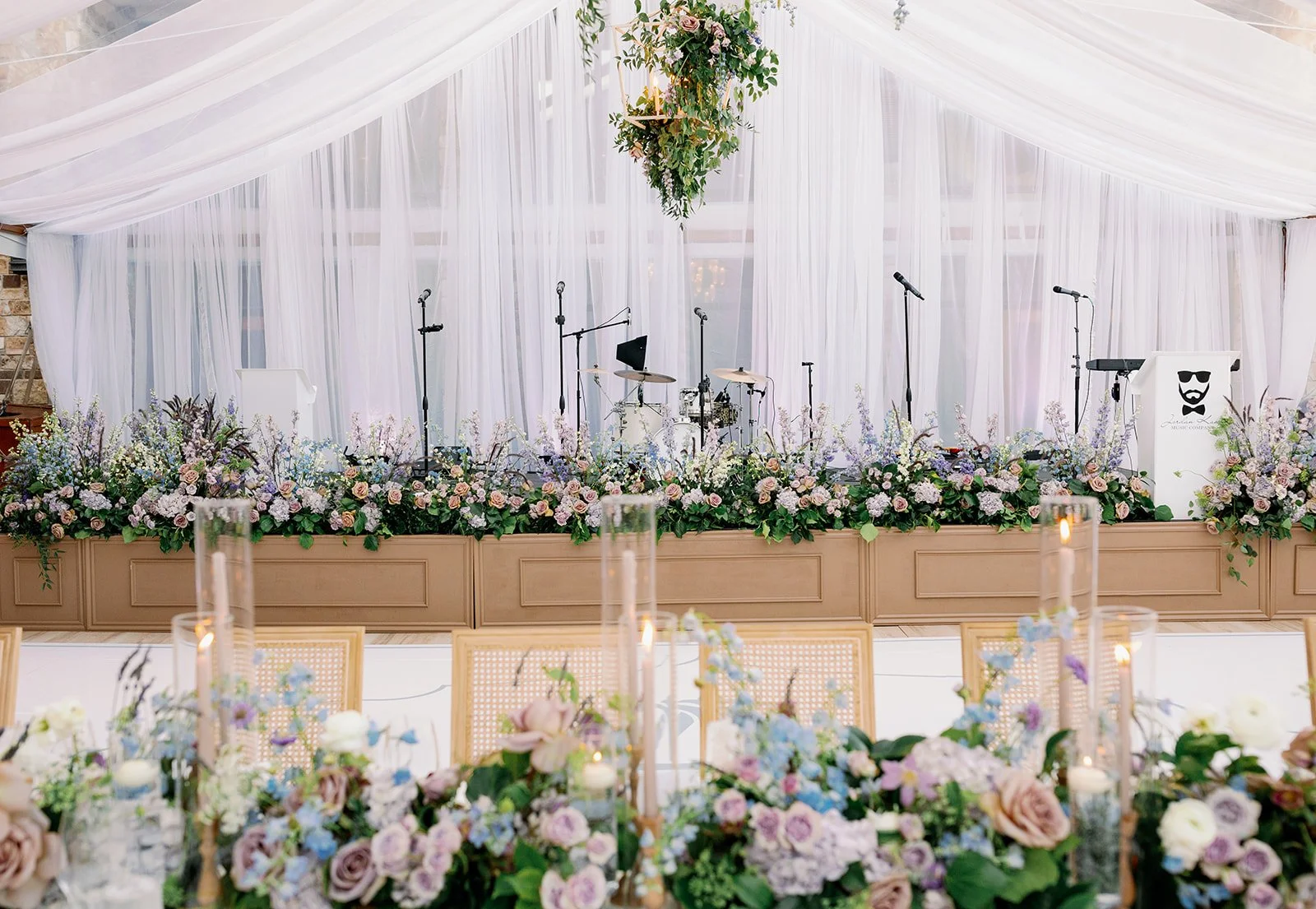Planning an Outdoor Wedding in Utah? Here Are 10 Things You Need to Know
There’s something undeniably magical about an outdoor wedding in Utah. With its sweeping mountain vistas, peaceful ranch settings, and striking desert backdrops, Utah offers an extraordinary variety of landscapes for couples dreaming of a celebration under the sky. But as beautiful as nature is, it’s also unpredictable—and planning a seamless outdoor wedding here requires thoughtful strategy, experience, and a healthy dose of flexibility.
Whether you're envisioning a ceremony nestled in the Wasatch Mountains or an al fresco reception by a river in Kamas, these ten expert tips will help you navigate the nuances of hosting an outdoor wedding in Utah with grace and confidence.
1. Utah’s Weather Is As Varied As Its Landscapes
From sun-drenched desert canyons to alpine meadows, Utah’s climates change dramatically by location and season. A July afternoon in Southern Utah might bring 105°F heat, while a ceremony in Deer Valley at the same time could require a light jacket by sunset. We recommend embracing the beauty of the season you choose—but planning around it thoughtfully.
Summer vs. Fall Considerations
Summer (June–August):
Expect dry heat in the valleys and strong sun exposure at high elevations.
Afternoon thunderstorms are common in the mountains, especially in July.
Stay ahead of dehydration with plenty of water stations and shade.
Sunset comes later, allowing for longer outdoor receptions.
Fall (September–October):
Crisp air and golden foliage make fall a stunning (and popular) choice.
Temperatures can swing quickly—layers and heaters are key.
Early October snow is possible at higher elevations.
Earlier sunsets mean planning for supplemental lighting is essential.
2. Don’t Underestimate the Altitude
Many of Utah’s most sought-after venues—like Park City, Sundance, and Midway—sit at elevations above 6,000 feet. That kind of altitude can affect everything from hydration and alcohol tolerance to how quickly flowers wilt. It also means cooler nights, even in summer. Be mindful of how your body (and your guests) might respond.
3. The Scenery Is Incredible—but So Is the Wind
Utah’s outdoor venues often come with sweeping views—and sweeping gusts. Mountain breezes can pick up without warning, so we always recommend securing signage, centerpieces, and lightweight décor. Wind can also impact your ceremony sound system and even your veil, so having a planner who anticipates these challenges is key.
4. A Solid Rain (or Snow!) Plan Is Non-Negotiable
Even in Utah’s drier climate, weather surprises happen. Pop-up thunderstorms are common in summer, and snow in May or October isn't unheard of at higher elevations. A well-executed backup plan—like elegant tenting or an indoor alternative—should be just as beautiful as your Plan A. That’s where the right team makes all the difference.
Common Tent Types for Utah Weddings
Clear-top tents: Beautiful for showcasing scenery, but can trap heat—best for evening events.
Sailcloth tents: Romantic, breathable, and great for mountain or ranch settings.
Frame tents: Ideal for tight spaces or uneven ground—no center poles and easier to customize.
Double-wall tents: Necessary for cooler months to keep guests warm with sidewalls and heaters.
5. Power and Lighting Take Planning
Remote venues don’t always come with built-in infrastructure. If your dream location doesn’t have reliable power, you’ll likely need generators to run your catering equipment, band, lighting, and restrooms. Ambient lighting is not only functional but sets the entire mood once the sun sets. We often recommend layering bistro lights, uplighting, and candlelight for a warm, romantic atmosphere.
Powering a Band vs. a DJ
Live Bands: Typically require dedicated circuits and more power—especially with multiple instruments, lighting rigs, and sound equipment.
DJs: Usually have simpler needs, but still require stable power for speakers and turntables.
Pro tip: Always confirm power requirements with your entertainment team early in the planning process.
6. Make Guest Comfort a Priority
Hosting in nature requires thoughtful touches to keep guests happy. Depending on your setting and season, this could mean providing shade, fans, heaters, hydration stations, or cozy throws. For venues with uneven or rustic terrain, clear signage and transportation plans (think golf carts or shuttles) ensure everyone arrives safely and comfortably.
Popular Guest Comfort Touches in Utah
Welcome beverages at arrival (sparkling water, lemonades, or even cocktails)
Bug spray or SPF stations during warmer months
Cozy blankets or shawls for cool evenings
Portable restroom trailers with décor upgrades, lighting, and music
7. Know the Rules Around Noise and Permits
Some outdoor venues—especially those on public land or in private canyon communities—have strict regulations around amplified music and event end times. It’s important to understand local ordinances before you book. We help our clients navigate permits, timelines, and vendor compliance so there are no surprises.
8. Choose Flowers and Cakes That Can Handle the Elements
Not all flowers (or frostings!) are created equal when it comes to heat and sun. We work closely with florists and bakers to select blooms that are seasonally appropriate and designs that will hold up outdoors. From refrigerated delivery schedules to shade placement, these behind-the-scenes logistics protect your investment.
9. Think Through Attire and Footwear
High heels in a grassy meadow? Not ideal. Heavy suits during an August ceremony in Moab? No thank you. We guide our couples—and their guests—on making smart fashion choices that look beautiful and make sense for the environment. (Look out for our upcoming guide on guest attire dos and don’ts!)
10. Work With a Planner Who Knows the Landscape
Utah is a stunning place to say “I do,” but its terrain and logistics can be complex. At Michelle Leo Events, we’ve planned outdoor weddings in every corner of the state—from private ranches in Peoa to luxury resorts in Park City. Our team knows which vendors thrive in outdoor settings, how to anticipate environmental curveballs, and how to bring your vision to life—rain or shine.
Let Utah’s Natural Beauty Set the Stage
An outdoor wedding in Utah offers unforgettable beauty and the chance to celebrate surrounded by nature. With the right planning partner, it can be just as polished and effortless as an indoor affair—only with a lot more stars overhead.
Ready to start planning your outdoor wedding in Utah? Contact us here to connect with our team.











